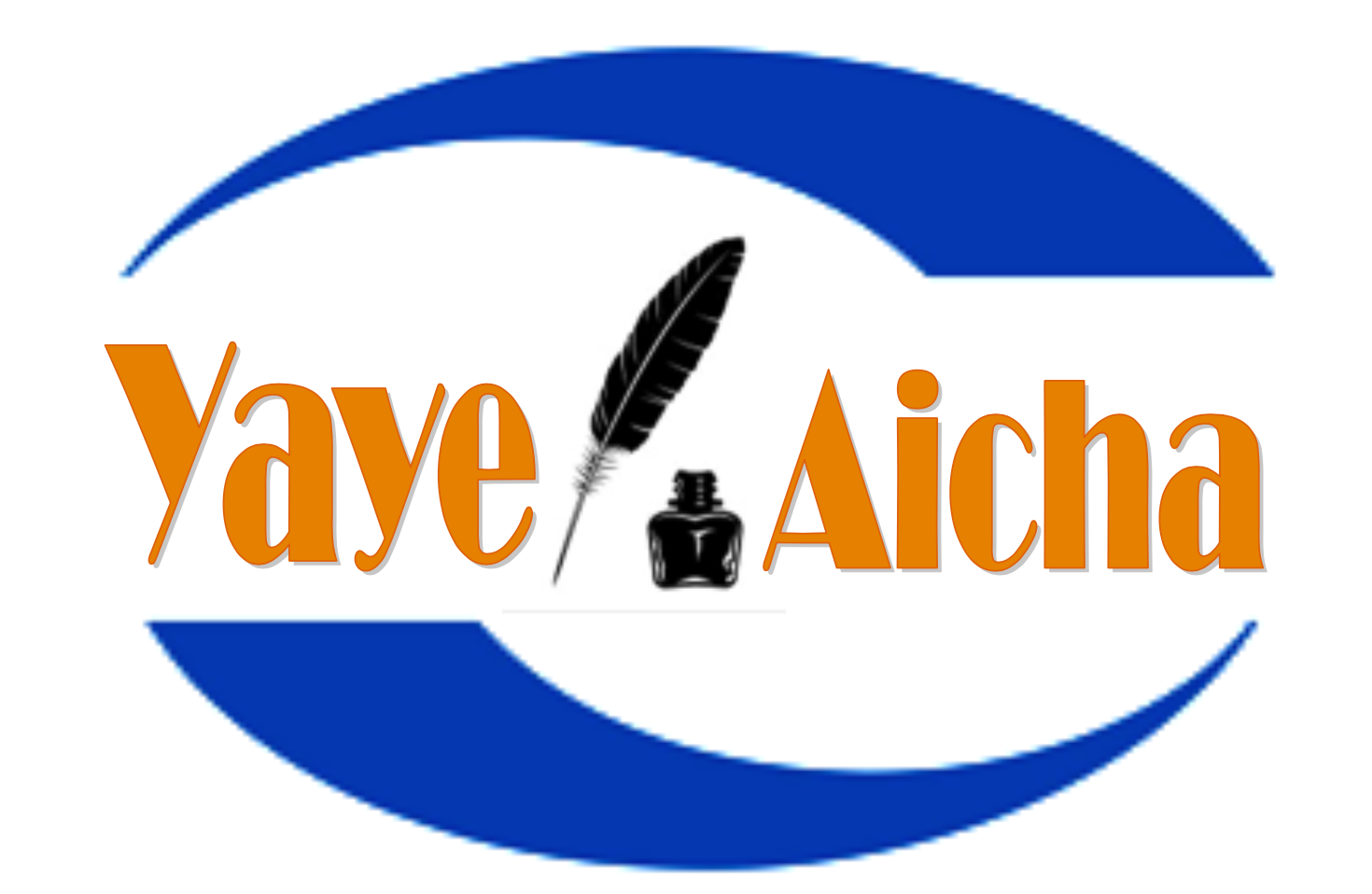When you hold a book in your hands, the experience goes far beyond the words on its pages. The feel, the durability, and even the aesthetic appeal are deeply influenced by the binding for books. This subtle craft, often overlooked by casual readers, is a fascinating blend of tradition, technology, and artistry. In this article, we delve into the world of bookbinding, revealing its nuances and why it matters for both publishers and readers alike.
Understanding Book Binding: More Than Just Glue and Paper
At its core, bookbinding is the process of physically assembling a book from ordered pages and attaching them within a cover. But this simple definition masks the complexity and variety involved. From ancient manuscripts sewn together by hand to state-of-the-art industrial binding machines, the methods and materials vary widely, each with unique benefits and challenges.
The importance of quality binding for books cannot be overstated. It affects not only the longevity of the book but also the reading experience. A well-bound book opens flat without resistance, the pages turn smoothly, and it withstands years of use without falling apart.
Popular Types of Book Binding
Whether you’re a publisher choosing the right technique or a collector appreciating fine craftsmanship, understanding the main types of binding is crucial.
| Binding Type | Description | Advantages | Typical Use |
|---|---|---|---|
| Perfect Binding | Pages glued together at the spine with a strong adhesive. | Cost-effective, smooth spine for printing titles. | Paperback books, magazines. |
| Saddle Stitching | Pages folded and stapled through the fold line. | Inexpensive, ideal for small booklets. | Brochures, catalogs, pamphlets. |
| Case Binding (Hardcover) | Pages sewn together and glued into a rigid cover. | Durable, premium appearance, long-lasting. | Hardcover books, coffee table books. |
| Spiral Binding | Pages punched and bound with a metal or plastic coil. | Lay-flat design, easy page turning. | Notebooks, manuals, cookbooks. |
Choosing the Right Binding for Your Book
Selecting the appropriate binding for books depends on factors such as budget, intended use, and desired aesthetic. For example, a hardcover binding exudes prestige and durability, making it ideal for collectible editions or gifts. Conversely, perfect binding is a smart choice for mass-market paperbacks that balance cost and appearance.
Consider this: a cookbook used daily in the kitchen benefits from spiral binding, allowing it to lay flat and resist wear. Meanwhile, academic textbooks often favor case binding for long-term durability and professional presentation. Each binding style tells its own story about a book’s purpose and audience.
The Evolution of Book Binding Technology
Bookbinding is an ancient craft, dating back thousands of years. Initially, hand-sewn manuscripts were the norm, requiring tremendous skill and patience. With the invention of the printing press, binding evolved to accommodate mass production, introducing new adhesives and mechanical processes.
Today, technological advances enable the creation of books with impeccable precision and speed. Digital printing paired with advanced binding machines allows for print-on-demand services that reduce waste and cost. Yet, despite these innovations, artisan bookbinding remains a revered practice, treasured for its bespoke quality.
Why Binding Matters for Readers and Collectors
Beyond protecting the pages, binding for books shapes how a book feels and lasts. A poorly bound book might fall apart after a few reads, frustrating the reader. On the other hand, a beautifully bound volume invites repeated enjoyment and becomes a cherished possession.
Collectors and bibliophiles particularly value the craftsmanship in binding. Limited edition books often feature hand-stitched spines, leather covers, and gilded edges—elements that elevate the book into an art object. For these aficionados, binding is an integral part of the book’s story and legacy.
Future Trends in Book Binding
As digital media continues to rise, printed books must evolve to remain relevant. Innovative binding techniques are emerging that enhance sustainability, such as using eco-friendly adhesives and recyclable materials. Additionally, hybrid bindings combining traditional craftsmanship with modern technology are gaining popularity.
Moreover, personalization is a growing trend, with readers seeking custom bindings that reflect their tastes and personalities. Whether it’s a monogrammed leather cover or a unique spine design, binding is becoming an avenue for self-expression.
Final Thoughts: The Binding That Binds Us
In the grand narrative of publishing, binding for books is the unsung hero, quietly ensuring every story is held together—physically and metaphorically. It’s a testament to human ingenuity and love for storytelling that spans centuries.
Next time you open a book, pause to appreciate the skill and thought behind its binding. It’s not just a technical process; it’s a craft that shapes your reading journey, enhancing both function and beauty.
Curious about which binding style suits your next project? Explore options and consult with experts to bring your vision to life—because every great story deserves an equally great binding.

